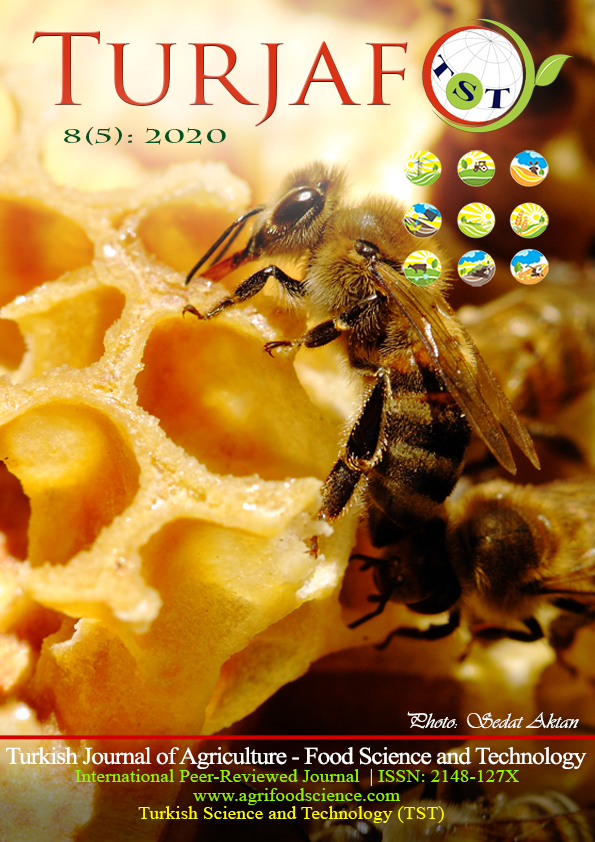Determination of Relationship between Cage Position and Laying Time by Correspondence Analysis
DOI:
https://doi.org/10.24925/turjaf.v8i5.1211-1215.3433Keywords:
Correspondence analysis, Atak-S, Chicken, Egg, Traditional cageAbstract
The research was carried out in a 3-floor cage system in the research farm of Tokat Gaziosmanpasa University. 6 chickens were placed in each cage compartment and 5 repetitions were created on each floor. Existing eggs were collected at 9:00 - 13:00 and 16:00 from a total of 90 Atak-S chickens between 24-42 weeks. A total of 1442 eggs were obtained from 90 chickens. To determine the relationship between cage position and laying time, correspondence analysis was applied. SPSS package program was used to analyze the data. According to the results, it was found statistically significant that chickens on different floors lay eggs at different times. According to the results of the correspondence analysis, the first dimension explanation power was 99.7% and the explanation power in the second dimension was 0.3%. When the inertia in terms of lattice layers in the first dimension was examined, it was determined that the explanation power of the first floor was 65.4%, and in the second dimension, the explanation power of the second (56.9%) and third floor (41.8%) was higher. When the variability in terms of egg collection hours in the first dimension was examined, it was determined that the explanatory power for egg collection at 13:00 was 52.8%, and in the second dimension, it was 79.6% for the egg collection at 16:00. As a result, it was determined that the chickens on the first floor lay eggs between 9:00 am and the chickens on the 2nd and 3rd floor between 13:00 and 16:00. Although the eggs vary depending on the ambient temperature, it is known that they are usually collected in the morning hours by the producers. Therefore, it is important to rearrange the frequency of egg collection both economically and in terms of consumer health.Downloads
Published
23.06.2020
How to Cite
Abacı, S. H., Bayyurt, L., Tahtalı, Y., Şekeroğlu, A., & Duman, M. (2020). Determination of Relationship between Cage Position and Laying Time by Correspondence Analysis. Turkish Journal of Agriculture - Food Science and Technology, 8(5), 1211–1215. https://doi.org/10.24925/turjaf.v8i5.1211-1215.3433
Issue
Section
Research Paper
License
This work is licensed under a Creative Commons Attribution-NonCommercial 4.0 International License.









